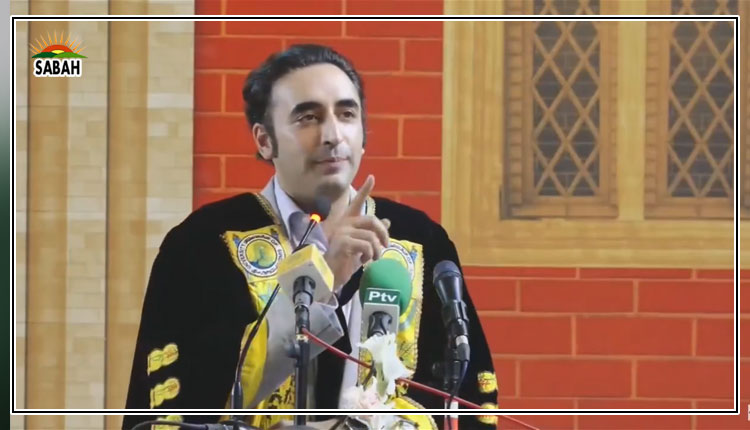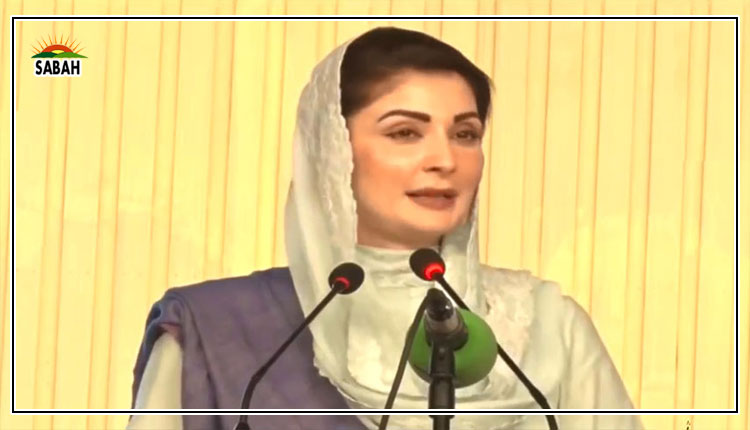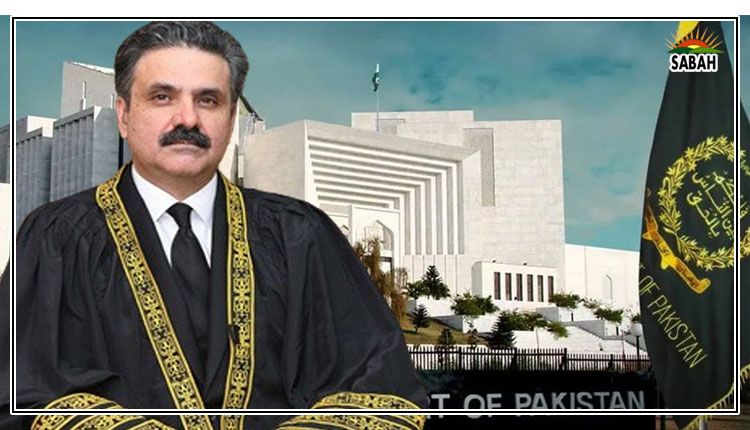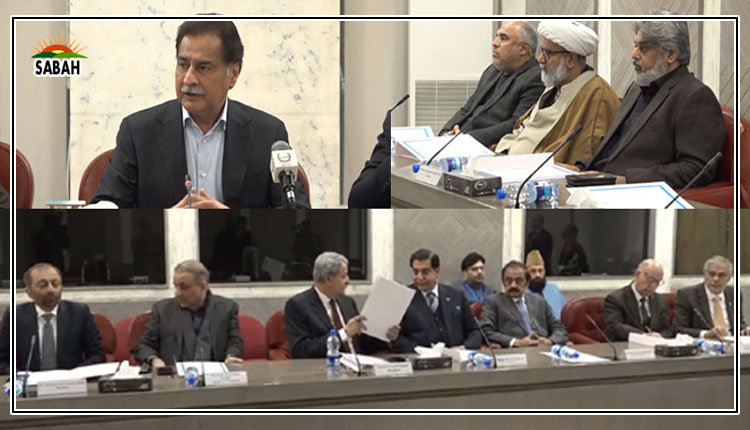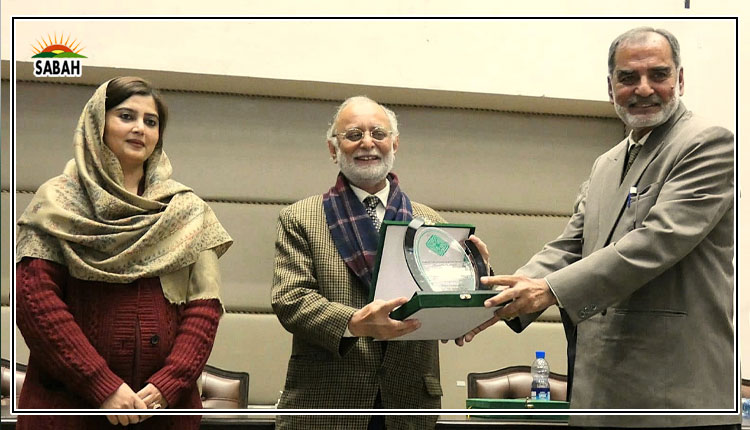AI and the future of airpower … Tanzeela Khalil
The battle between AI-simulated aircraft and a human fighter pilot conducted by DARPA in August 2020 showcased the advancements in AI and its potential in the field of aerial combat. The AI algorithm, developed by Heron Systems, swept a human F-16 pilot in a simulated dogfight by 5-0 in the AlphaDogfight Trials on 20 August 2020.
Emerging technologies are expected to play a significant role in shaping the future of warfare — and particularly the tech-intensive airpower. These technologies have the potential to revolutionise the capabilities, effectiveness and operational efficiency of air forces around the world. However, the likelihood of AI-simulated unmanned aircraft taking over manned fighter jets depends on various factors, including technological advancements, policy decisions and strategic considerations.
As technology progresses, the capabilities of AI-simulated unmanned aircraft may improve, potentially reaching a point where they could outperform manned fighter jets in certain areas such as speed, maneuverability and reaction time. Unmanned aircraft have the potential to be more cost-effective and safer than manned aircraft. Removing the need for human pilots can reduce the risks associated with pilot casualties and the costs associated with training, healthcare and pilot support systems.
The adoption of AI-simulated unmanned aircraft for military operations would likely require significant policy changes and public acceptance. There would be concerns about the ethical and legal implications of using AI in combat, including issues of accountability, decision-making and potential for unintended consequences. The public perception of unmanned systems and their use in warfare would also play a significant role in determining their acceptance and adoption.
Manned fighter jets offer advantages such as situational awareness, adaptability and decision-making capabilities that might be challenging for AI systems to replicate fully in the fog of war. Human pilots possess intuition, experience and the ability to handle complex and unpredictable scenarios. Additionally, the presence of a human pilot can have psychological effects on the battlefield, influencing deterrence and diplomacy. AI on the other hand far exceeds human capability to process data.
Considering these factors, it is challenging to determine a specific likelihood of AI-simulated unmanned aircraft taking over manned fighter jets. It is more likely that we will witness a combination of manned and unmanned systems, with AI and automation augmenting human capabilities rather than fully replacing them. This approach, known as human-machine teaming, allows for leveraging the strengths of both humans and AI systems to achieve optimal results in military operations.
While the nature of warfare continues to evolve, the classical relevance of airpower remains significant and undiminished. The same was also argued by Giulio Douhet — an Italian general and military theorist, primarily known for his theories on airpower — that the future of warfare would be dominated by the strategic use of airpower. He believed that control of the air was the most crucial factor in determining the outcome of a conflict.
AI-simulated aircraft would not have the capability to establish airspace control, superiority or dominance per se. Airspace control involves a complex system of regulations, communication protocols and coordination between pilots, air traffic controllers and ground-based systems. It requires real-time decision-making, situational awareness and the ability to adapt to changing conditions. While AI can support these processes, the ultimate authority and responsibility for managing airspace will lie with the air men.
While emerging technologies will continue to shape the battlefield and influence the conduct of warfare, they have their own limitations and challenges. For example, they can be vulnerable to cyber-attacks, require sophisticated infrastructure and may face ethical and legal dilemmas. A combination of classical and emerging technologies will likely be employed in future conflicts, with each complementing the strengths and mitigating the weaknesses of the other.
Courtesy The Express Tribune, February 24th, 2024.


